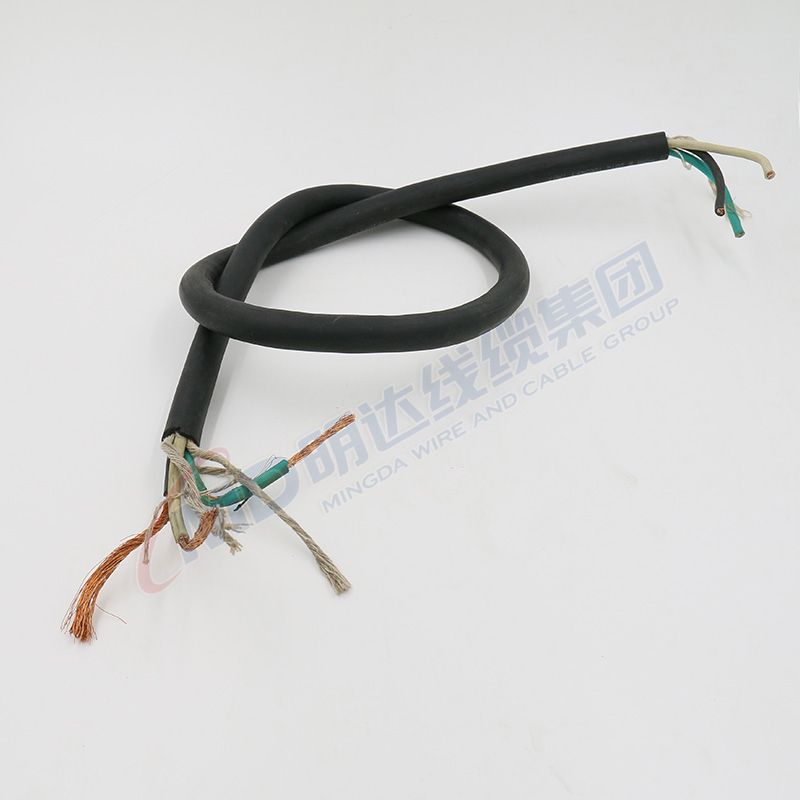12 月 . 03, 2024 18:25 Back to list
cast iron butterfly valve
Cast Iron Butterfly Valve A Comprehensive Overview
The cast iron butterfly valve is an essential component in various industrial applications, particularly in systems involving the flow of fluids and gases. This type of valve is notable for its simple yet effective design, which allows for easy regulation of flow and pressure within pipelines. Made primarily from cast iron, these valves are known for their durability, resistance to corrosion, and ability to withstand high operating temperatures and pressures.
Design and Functionality
A butterfly valve operates on the principle of a rotating disc, or butterfly, that regulates flow within a pipe. When the valve is fully closed, the disc is positioned perpendicular to the flow, cutting off the passage completely. Conversely, when the valve is fully open, the disc aligns parallel to the flow, allowing for maximum fluid movement. This quarter-turn operation means that butterfly valves can be opened or closed relatively quickly, making them ideal for applications requiring swift flow adjustments.
The construction of a cast iron butterfly valve typically includes a valve body, a disc, an actuator, and seals. Cast iron is prized for its remarkable strength and longevity, although it is crucial to ensure that the specific type of cast iron used is appropriate for the application, as different grades can exhibit varying resistance to heat and chemical exposure.
Advantages of Cast Iron Butterfly Valves
1. Durability Cast iron is inherently strong and resistant to wear and tear, which contributes to the long lifespan of these valves. They can handle substantial mechanical stresses without deforming or breaking.
2. Corrosion Resistance Many cast iron butterfly valves are coated with additional materials, such as epoxy or rubber lining, which significantly enhance their resistance to corrosive substances. This is particularly important in industries where aggressive chemicals are used.
3. Low Maintenance These valves require minimal maintenance compared to other types, such as gate or globe valves. Regular inspections are often sufficient to ensure proper functioning without the need for extensive upkeep.
4. Cost-Effectiveness While there are more expensive materials available, such as stainless steel, cast iron provides a budget-friendly alternative without significantly compromising performance. This makes them a popular choice for many industrial applications.
cast iron butterfly valve

Applications
Cast iron butterfly valves can be found in a wide variety of industries, including
- Water Treatment These valves are commonly used in water treatment facilities for controlling the flow of water in various stages of the purification process.
- Oil and Gas In the oil and gas industry, butterfly valves regulate the flow of crude oil and natural gas through pipelines, ensuring safe and efficient transport.
- HVAC Systems Butterfly valves play a critical role in heating, ventilation, and air conditioning systems, helping to manage airflow and maintain desired temperatures.
- Chemical Processing Due to their chemical resistance, these valves are frequently employed in chemical manufacturing processes, where precise flow control is essential.
Conclusion
The cast iron butterfly valve is a reliable and efficient solution for managing fluid flow in a variety of industrial contexts. Its robust construction, combined with low maintenance requirements, makes it a preferred choice for many engineers and facility managers. As industries continue to evolve and the need for efficient fluid control systems grows, the cast iron butterfly valve remains a testament to simplicity and effectiveness in design. Whether in water treatment facilities, chemical processing plants, or HVAC systems, these valves provide the performance needed to meet contemporary industrial challenges.
In summary, understanding the characteristics and advantages of cast iron butterfly valves is crucial for making informed decisions in the design and maintenance of piping systems. As technology progresses, the development of improved materials and coatings will likely enhance the performance of these invaluable components even further.
Share
-
Understanding the Differences Between Wafer Type Butterfly Valve and Lugged Butterfly ValveNewsOct.25,2024
-
The Efficiency of Wafer Type Butterfly Valve and Lugged Butterfly ValveNewsOct.25,2024
-
The Ultimate Guide to Industrial Swing Check Valve: Performance, Installation, and MaintenanceNewsOct.25,2024
-
Superior Performance with Industrial Swing Check Valve: The Essential Valve for Any SystemNewsOct.25,2024
-
Industrial Swing Check Valve: The Ideal Solution for Flow ControlNewsOct.25,2024
-
You Need to Know About Industrial Swing Check Valve: Functionality, Scope, and PerformanceNewsOct.25,2024